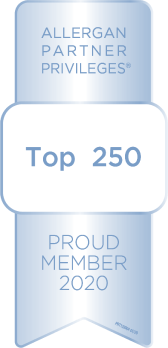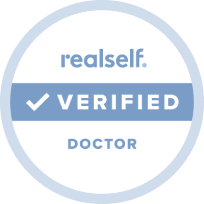The rate of healing and recovery after a cosmetic surgery or procedure varies for each patient and is determined by many factors. Age, pre-op health, smoking, lifestyle, extent of surgery, and many other factors influence your personal recovery journey. Following each procedure, Dr. Raval and his team review detailed recovery instructions to help you through that time, but is there anything more you can do to support the process? We are commonly asked about arnica montana, so let’s take a moment to learn more about this herbal preparation as it relates to healing.
What is Arnica Montana?
Native to North America as well as central Europe and Siberia, it is a plant from the daisy family, sometimes called wolf’s bane or leopard’s bane. It is important to note that arnica montana is NOT the same plant as monkshood, which is also referred to as wolf’s bane or leopard’s bane. Monkshood is extremely poisonous! The arnica flower has been used as an herbal remedy since the 1500s to treat a wide range of ailments from bruising, swelling, and pain, to acne and chapped lips. A number of its relatives in the compositae family are also sources of well-known herbals including echinacea, calendula, chamomile, yarrow, dandelion, and goldenrod.
Is Arnica Montana Effective for Healing?
The effectiveness of arnica in different applications has been studied over the years. Various studies in the early 2000s showed it to be useful for treating arthritis, post-surgical healing, bruising and pain. Although some medical professionals accept and even recommend arnica in certain instances, there is still no definitive proof that it works. For example, an article in the Journal of Plastic & Reconstructive Surgery described results from a study conducted on patients who had eyelid surgery on both eyes. Half the patients used arnica ointment on one side and nothing on the other. The other half used a placebo ointment on one side and nothing on the other. Visible results were evaluated by a team of medical and non-medical personnel, at three points in the recovery: 3 days, one week and 6 weeks. Researchers also compared reported pain levels, visible swelling, redness, bruising, and patient satisfaction with their recovery and surgery outcome. They concluded that arnica ointment following upper blepharoplasty (eyelid surgery) does not improve post-op outcome.
If You Choose to Use Arnica Montana, Do So Carefully
Always speak to a medical professional before using any homeopathic remedy and be sure that you are aware of the risks. In the case of arnica montana, it can be poisonous if used in too high a concentration. It must be used very carefully to avoid serious or even deadly side-effects. Women should never take arnica if they are pregnant or breastfeeding. You can obtain arnica montana as an herbal or homeopathic preparation. Herbal remedies are typically ointments, gels, or creams. Because they are more concentrated, they are meant for topical use only. Therefore, these products should never be applied to ulcerated or broken skin. Homeopathic preparations are also available as pills and sometimes in an injectable solution. These are extremely diluted, making them safe to ingest but also of little value since they contain almost no arnica.
Here at Raval Facial Aesthetics and ENT, we do not recommend using arnica montana. It is not proven to be effective at aiding the healing process and it can produce potentially dangerous side-effects. However, we understand and emphasize that each patient is unique. If you’re considering trying arnica montana as a post-procedure natural therapy, let’s chat about it first.
- Acne
- Botox/Dermal Fillers
- Browlift
- Chemical Peels
- Chin Augmentation
- Consultation
- Denver Facial Plastic Surgeon
- Deviated Septum
- Eyelid Procedures
- Facelifts/Necklifts
- Headaches/Excessive Sweating
- Healthy Living
- Laser Hair Removal
- Laser Treatments
- Latisse
- MedSpa
- Memberships
- Microdermabrasion
- Nasal Valve Collapse
- Non-Surgical Procedures
- Rhinoplasty
- Skin Care
- Thread Lifts
- Wrinkle Treatments


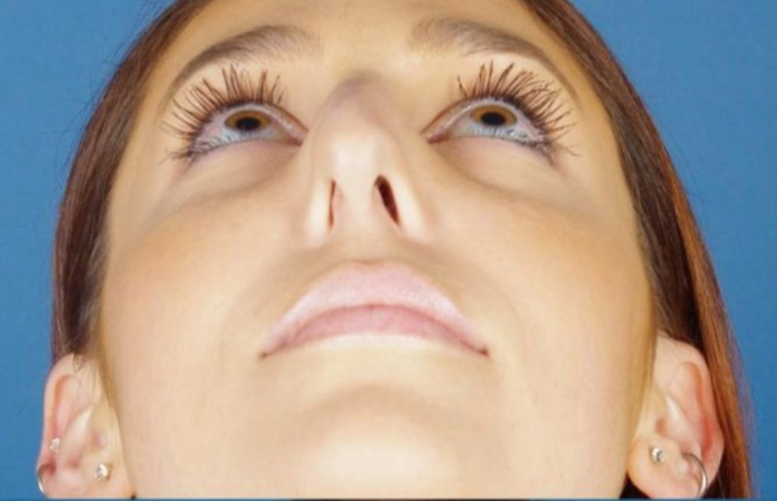
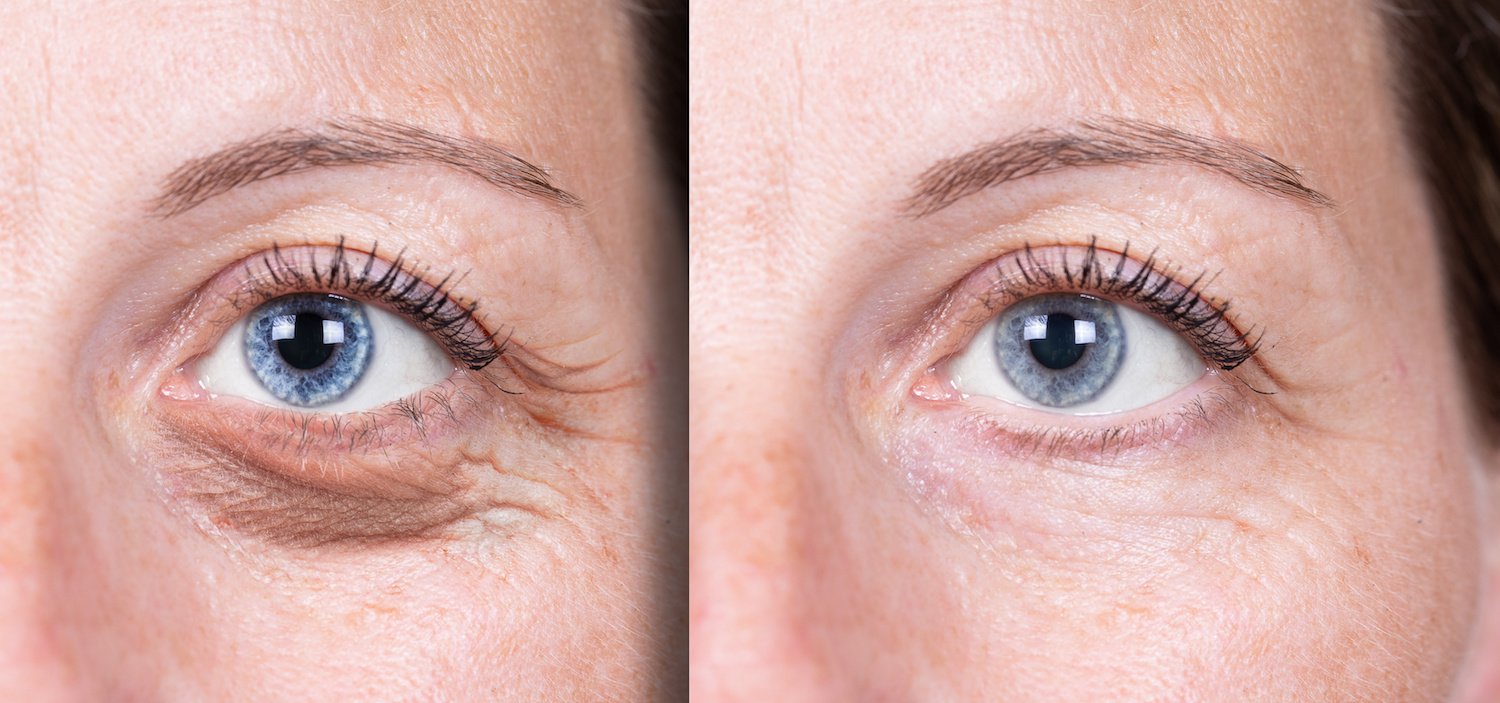
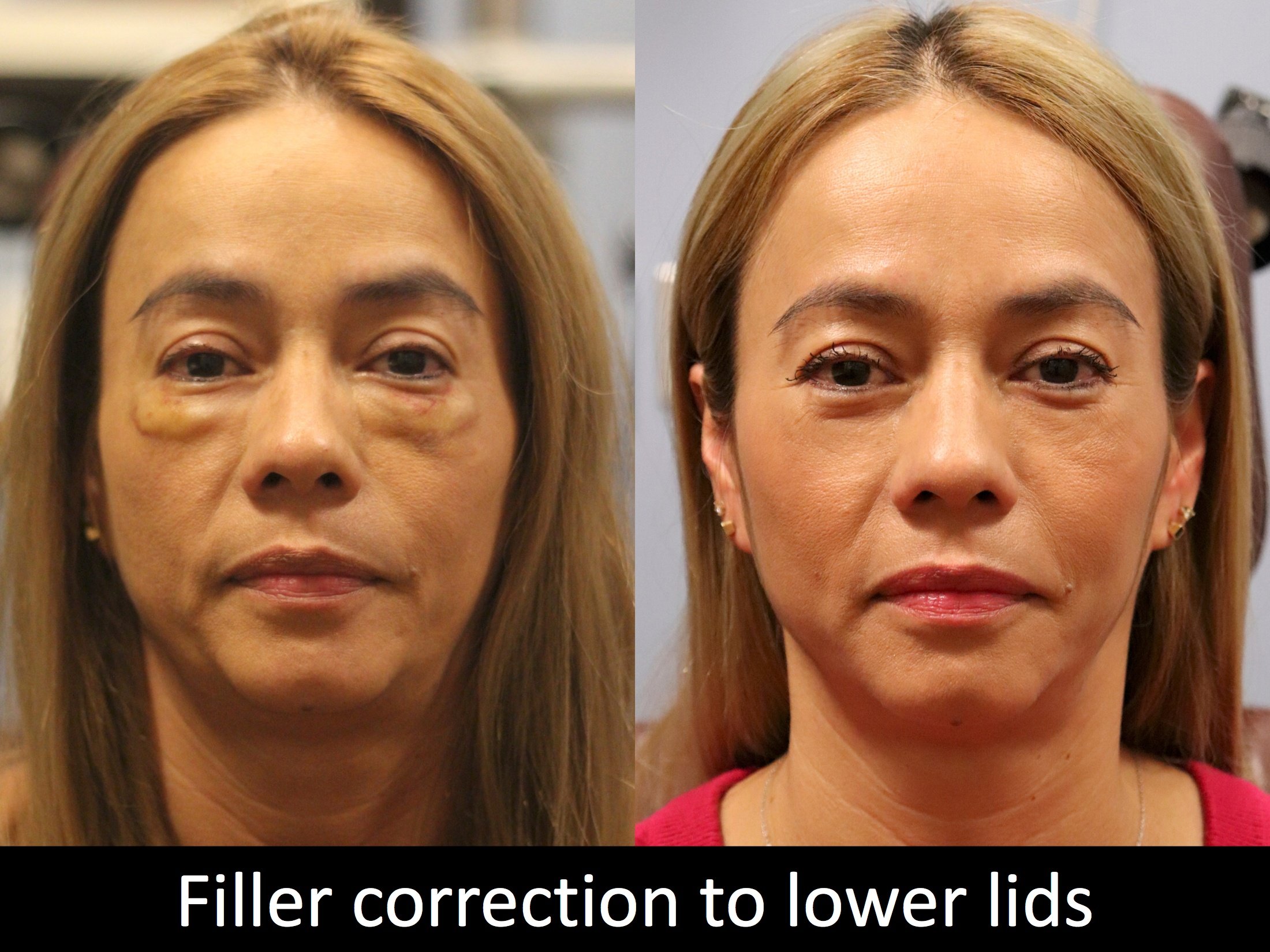
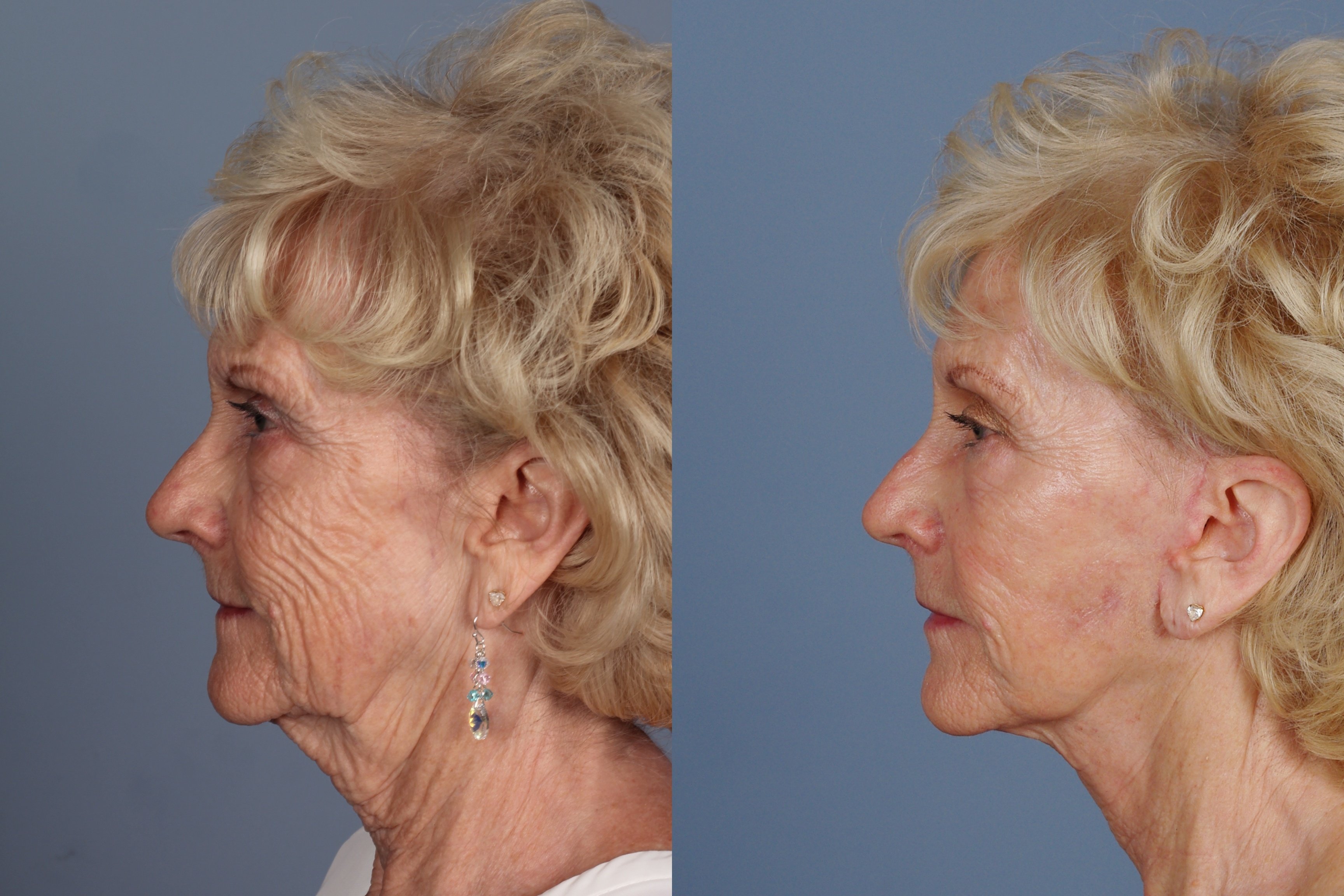
.jpeg)



